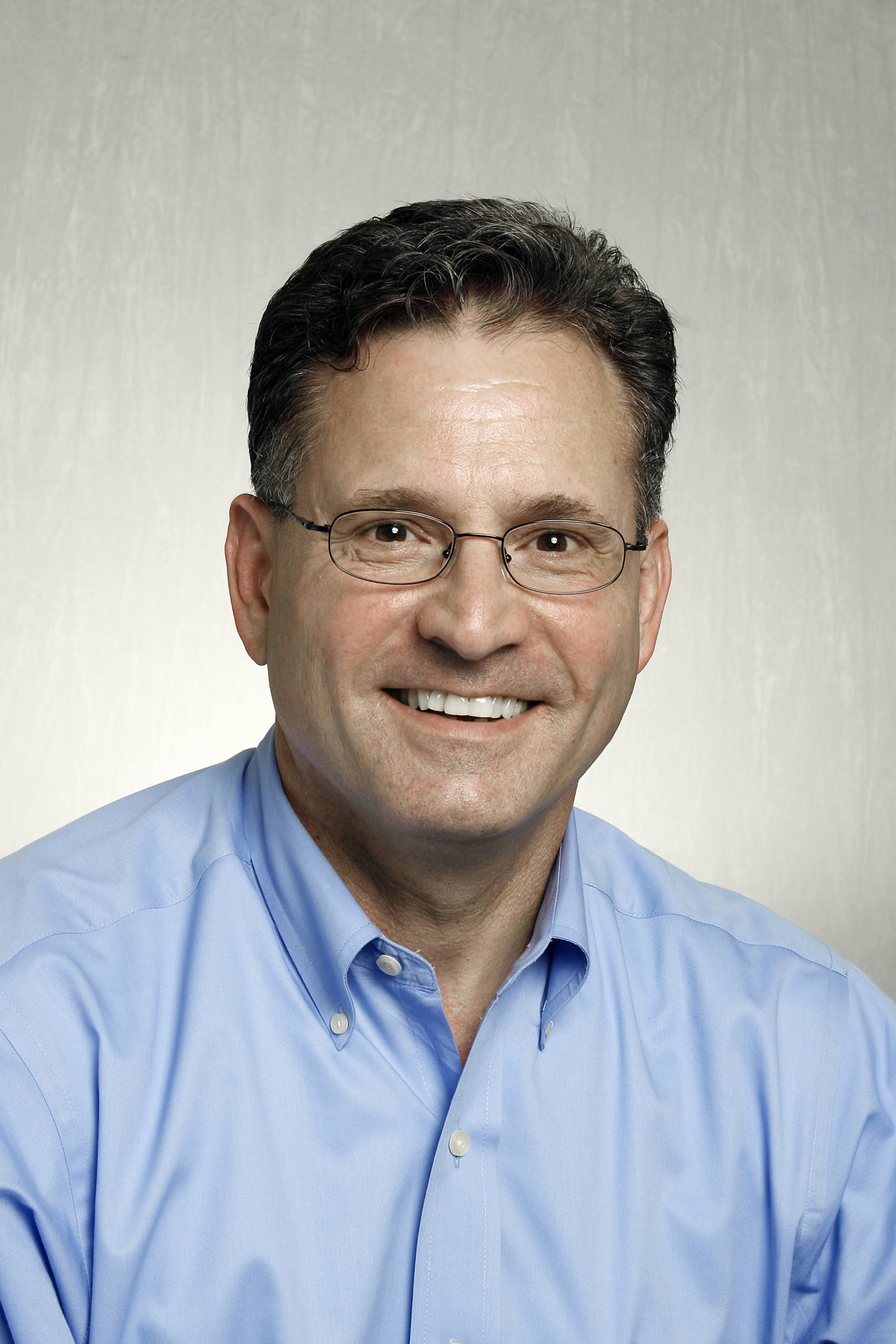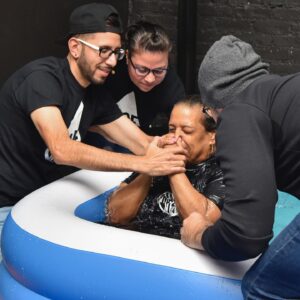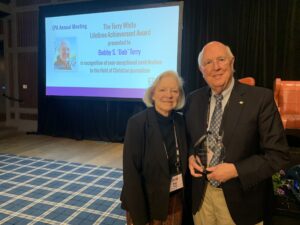
EDITOR’S NOTE: This is the fourth in an eight-part series of articles summarizing each of the chapters in David Francis’ free online book, “Transformational Class: Transformational Church Goes to Sunday School,” which can be downloaded at LifeWay.com/SundaySchool. Francis is addressing the seven elements of Thom Rainer’s and Ed Stetzer’s “Transformational Church” book and examining how they might apply in a small group or Sunday school class. Today’s element: “Relational Intentionality.”
NASHVILLE, Tenn. (BP)–Transformational churches clearly have an intentional process for making disciples. Yet, the focus is less on the process itself than on the people who benefited from it. So, we coined the term “relational intentionality” to describe it. Why not two separate elements? The concepts of helping people develop relationships and doing so in the context of an intentional disciple-making process intertwine in transformational churches.
This finding was remarkably consistent with the research reported in “Simple Church,” a book by LifeWay President Thom Rainer and Eric Geiger. Transformational churches have a clear and well-communicated process for helping someone move along a path of discipleship. That path is marked by different types of group experiences that serve as proxy indicators of spiritual growth. People can clearly identify where they are on the path and what kind of group represents the next step.
SUNDAY SCHOOL FOR STEP 2
In most churches, the primary weekend worship experience is Step 1 in the disciple-making process. Step 2 is some type of smaller group experience that helps people assimilate relationally, introduces them to foundational discipleship through systematic Bible study and provides them a channel to give and receive ministry. Sunday School is an effective step 2 strategy.
Eric Geiger and I conducted an analysis of the 400 “vibrant” Southern Baptist churches in the Simple Church research. We found that 87.5 percent of those growing churches operated Sunday School — or its functional equivalent by some other name — as the second step in their disciple-making process. The remainder primarily used off-campus small groups, at least for adults. Am I suggesting that all the transformational churches were also “Simple Churches” or that they all operated Sunday school as part of their process? No. But the findings were very consistent.
THE ASSIMILATION RATIO
A helpful ratio to determine the effectiveness of a church’s Step 2 strategy is the assimilation ratio. This ratio is calculated by dividing average attendance in Step 2 by that of Step 1, which is worship attendance in most churches. The benchmark for Southern Baptist churches is about 70 percent. On an average Sunday, about 4 million people will attend Sunday School. About 6 million will attend the primary worship service. Taking into consideration churches that don’t have, or who under report, Sunday School provides the benchmark figure. Few other Step 2 strategies reach that level, assuming both the numerator and denominator reflect actual attendance.
Thom Rainer’s book “High Expectations” reported data gathered by tracking new Christians who had joined a sample of churches. Data showed that among those who only attended worship, 16 percent were still active five years later. However, among those who attended both worship and Sunday School, the figure rose to 83 percent. What could be simpler than accomplishing the first two steps of your disciple-making process with every member of the family on one visit to church?
SAFETY IN SOCIAL SPACE
In chapter three of his book “The Search to Belong,” Joe Myers elaborates on four “spaces” where people belong: public, social, personal and intimate. Public space is what you experience in an environment like a football stadium with lots of other people you may or may not know but are unified by your support for the same team. One of my favorite social spaces is Panera Bread, where I enjoy writing. I recognize and exchange greetings with several other regulars there, although I wouldn’t describe them as close friends.
Personal space is for friends — people I enjoy being around regardless of how long it’s been. Intimate space is reserved for close, accountable relationships, notably a spouse or best friend.
In essence, Myers’ appeal to church leaders is to let people belong progressively and simultaneously in each of the spaces, rather than equating intimacy with spiritual maturity, or promising it as an expected outcome of small group experiences. Myers’ candid perspectives provided me one of the most liberating insights I’ve ever had: Sunday School is successful as a safe Step 2 strategy precisely because it operates in social space. Perhaps trying to keep pace with the small-group movement’s promises, I was defensive about Sunday School on this front. But now I’m comfortable with the reality that while a Sunday School class may provide an environment where a person might discover one or more close friendships, those relationships may develop elsewhere.
SUNDAY SCHOOL IS NOT ENOUGH
That acknowledged, I’d also affirm that Sunday School is not sufficient as a final step in a relationally intentional disciple-making process. Other groups, such as small discipleship groups and ministry teams, complete the process. Transformational churches encourage people to relate in these types of groups, too. A Sunday School class is not the end of a relationally intentional process, but it sure is a great option for step 2.
–30–
David Francis is director of Sunday School at LifeWay Christian Resources of the Southern Baptist Convention.
















